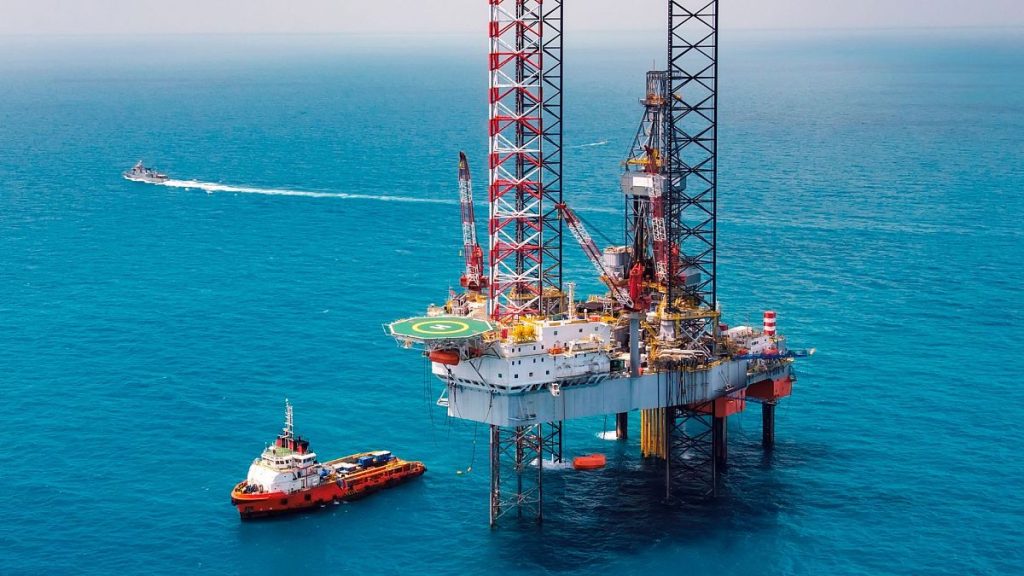Eni, the Italian energy giant, has unveiled HPC6, one of the world’s most powerful supercomputers, as a cornerstone of its strategy to revolutionize oil and gas exploration and accelerate its transition towards decarbonization and clean energy. This €100 million investment represents a significant leap forward in Eni’s technological capabilities, enabling the company to leverage the power of artificial intelligence and perform highly complex calculations. Equipped with nearly 14,000 Graphics Processing Units (GPUs), HPC6 ranks as the fifth fastest supercomputer globally, according to the TOP500 list. This powerful computing infrastructure is expected to drastically improve Eni’s ability to process vast amounts of geological and geophysical data, ultimately leading to more efficient exploration and production of oil and gas resources.
HPC6’s primary function is to analyze massive datasets gathered from various sources, including drilling operations, seismic surveys, and reservoir simulations. By processing this information, the supercomputer can identify potential oil and gas reservoirs, estimate their size, and optimize drilling strategies for maximum efficiency. Beyond exploration, HPC6 will also contribute to enhancing oil recovery techniques, improving production forecasting, and refining reservoir simulations. This enhanced computational power allows for more accurate and detailed models, leading to better decision-making across Eni’s operations.
Eni’s commitment to supercomputing extends beyond traditional oil and gas exploration. The company has already utilized this technology to advance research in several key areas related to the energy transition. These include improving fluid dynamics and geological studies for carbon capture and storage, optimizing industrial plant operations for increased efficiency and reduced emissions, and developing more advanced and efficient battery technologies. Furthermore, Eni has leveraged supercomputing to streamline its biofuel supply chain, enhancing its overall sustainability.
The launch of HPC6 reinforces Eni’s commitment to in-house technological development. Rather than relying on external cloud computing services, Eni has chosen to design and build its own supercomputing infrastructure, solidifying its position as a leader in energy innovation. This strategic decision provides Eni with a distinct competitive advantage, granting the company greater control over its data and allowing for faster adaptation to evolving industry demands. This self-reliance also positions Eni as a pioneer in developing and applying cutting-edge technologies within the energy sector.
Claudio Descalzi, Eni’s CEO, emphasizes the crucial role of innovation and technological advancement in driving the company’s leadership in the energy transition. He highlights HPC6’s potential to significantly contribute to achieving Net Zero emissions by optimizing energy use, reducing emissions, and fostering the development of novel energy solutions. Descalzi underscores the unique technological expertise and programming capabilities that Eni has cultivated, positioning the company as a global leader in the energy transformation process.
Eni’s investment in HPC6 is not merely a technological upgrade; it signifies a fundamental shift in the company’s approach to energy. By harnessing the power of supercomputing, Eni aims to enhance its existing operations while simultaneously accelerating its transition towards a more sustainable and decarbonized future. This commitment to innovation positions Eni at the forefront of the energy industry, driving progress towards cleaner and more efficient energy solutions for the world. The HPC6 serves as a tangible demonstration of Eni’s commitment to technological leadership and its dedication to shaping a sustainable energy future.














